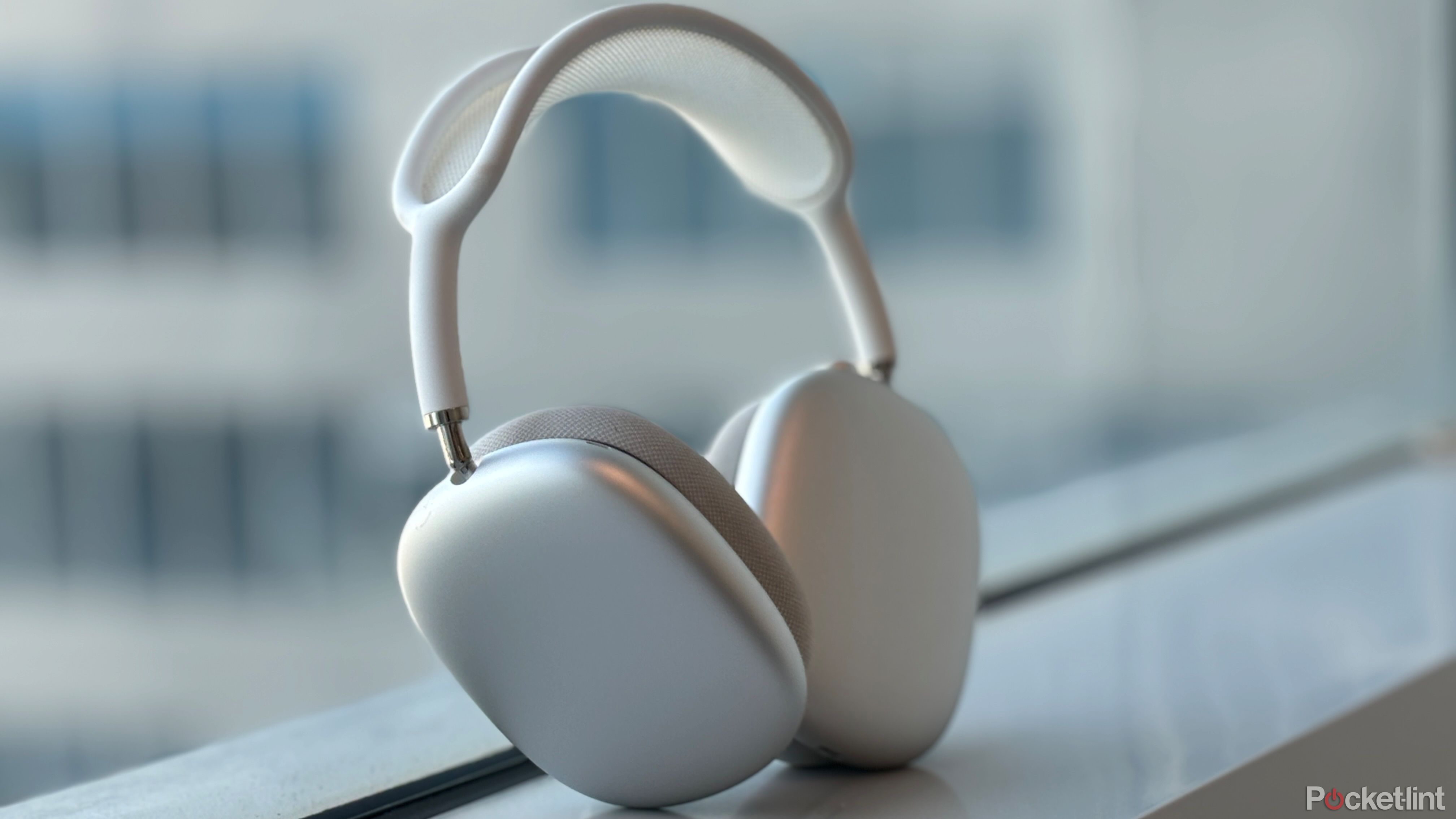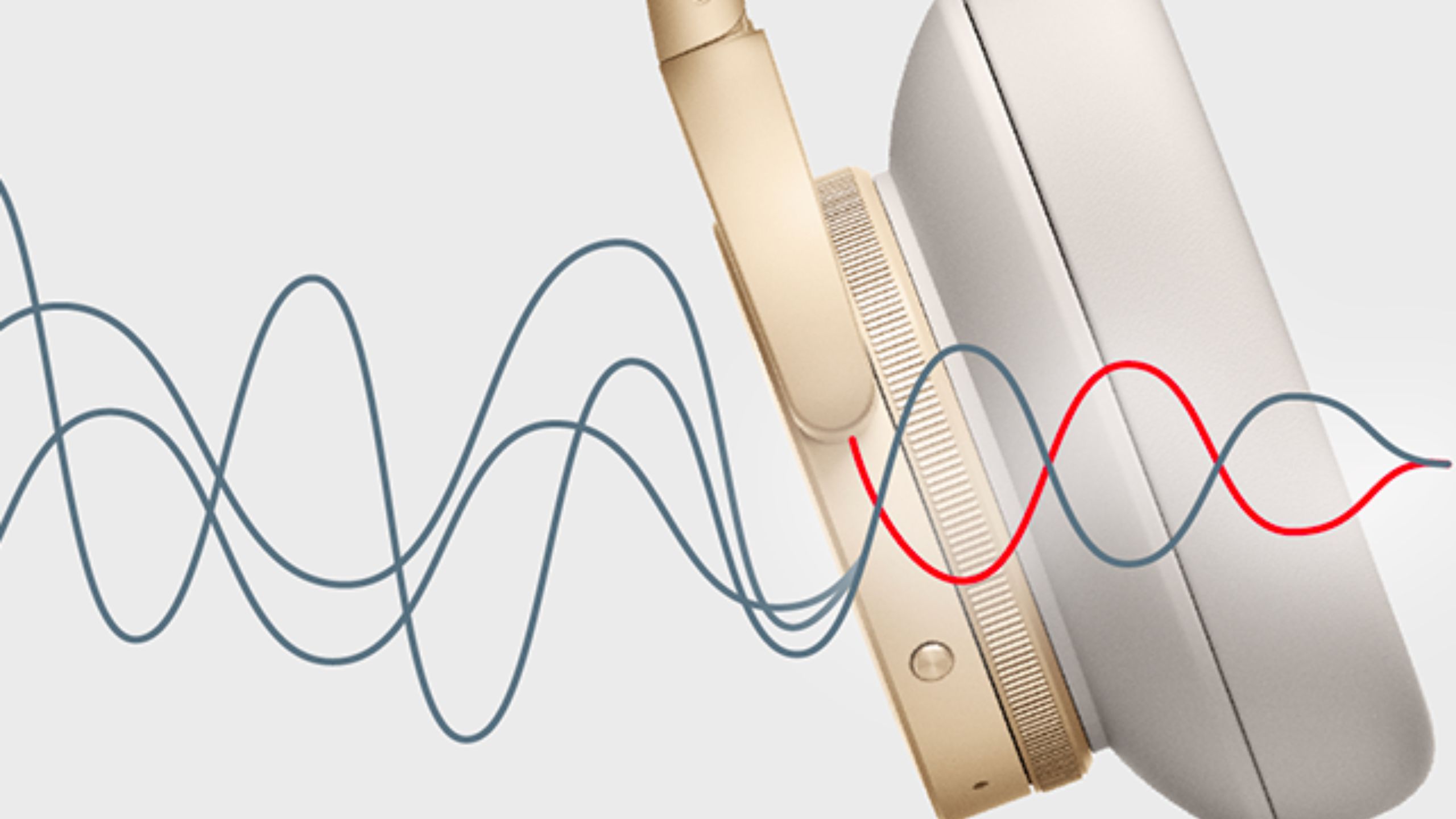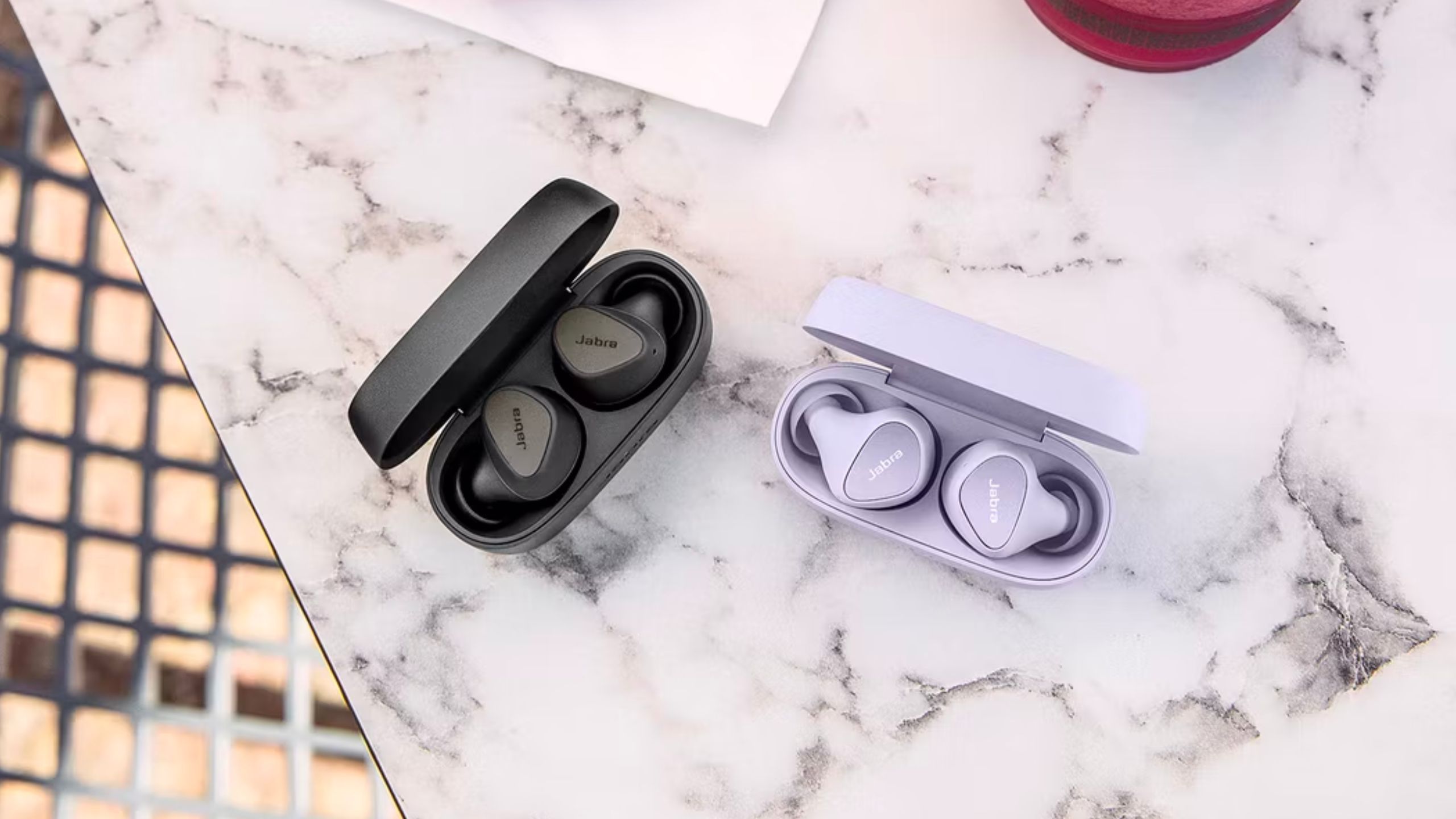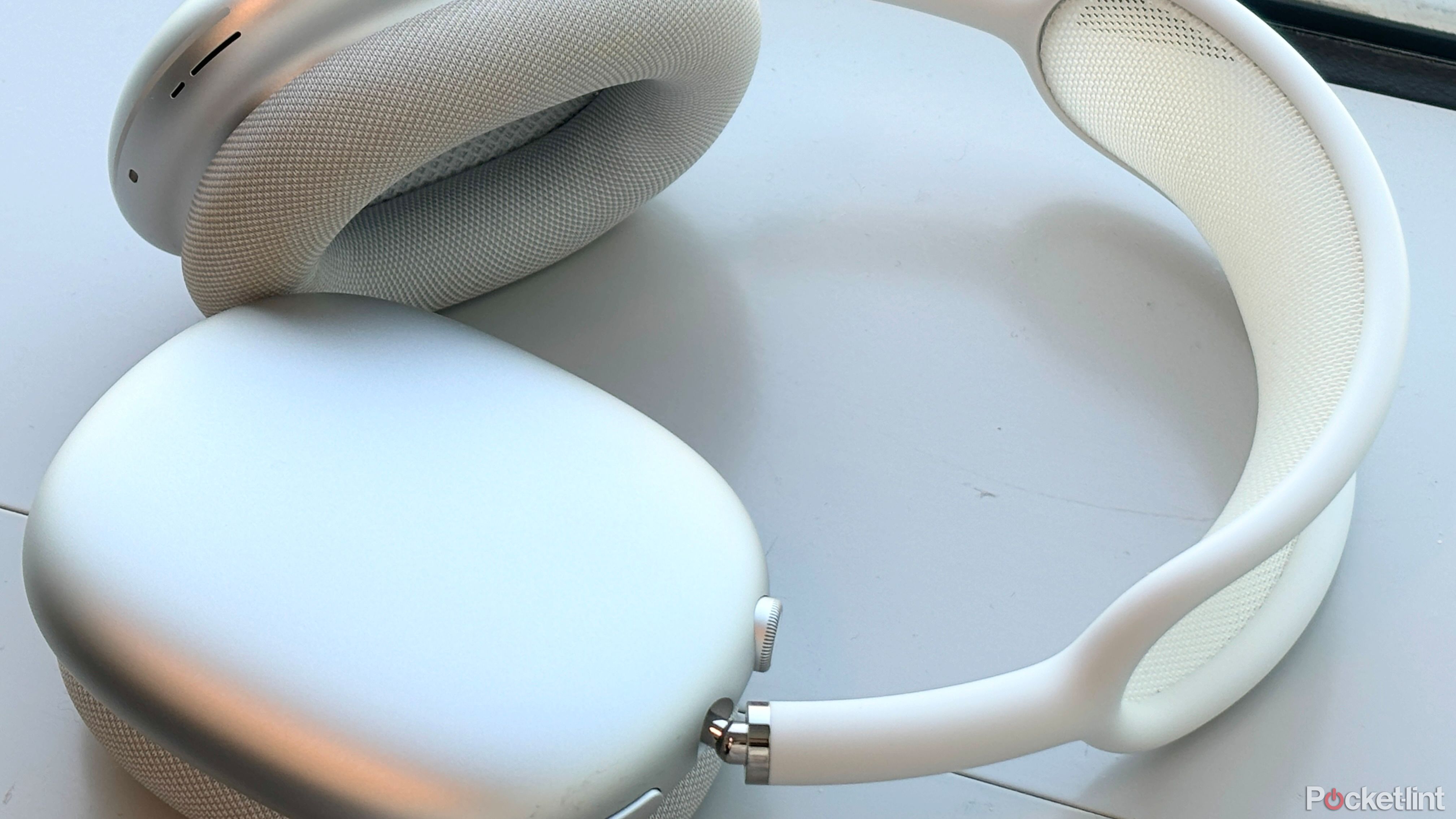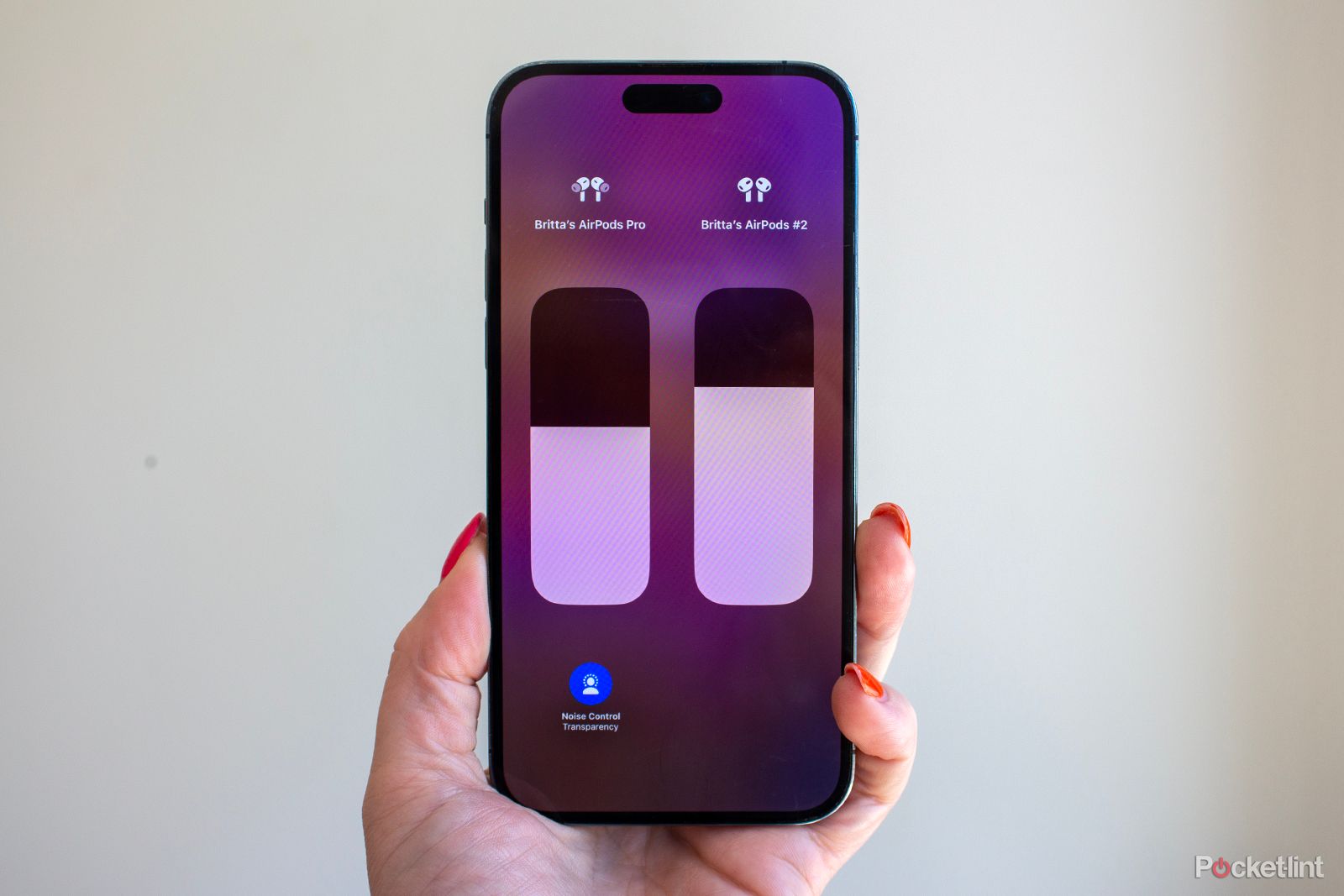Active Noise Cancellation, or ANC, is the hotly contested feature most headphone spec sheets feature on the current market. Using the magic of audio science to produce an additional sound wave that can cancel out some of the noise of the outside world, ANC headphones or earbuds can help you completely block out external noises and lock into your Spotify Daylist or favorite podcast.
Of course, ANC isn’t perfect, and you won’t be able to completely isolate yourself from external noises, but ANC can make a significant difference and allows you to enjoy audio with minimal distractions. In fact, some ANC headphones and earbuds — like the Bose QuietComfort Ultra earbuds — are so good it’s almost too isolating.
The 5 audio and headphone trends to listen for in 2024
From a potential Bluetooth upgrade to Apple’s push for Spatial Audio, and even brain-wave sensing headphones, 2024’s audio scape has promise.
But how does ANC technology work to actively keep your music in, and you tuned out of external distraction? Read on for what you need to know.
How does ANC work?
Standing for Active Noise Cancellation, ANC, the technology works to block out external sound from getting to your ear using built-in microphones to listen to the surrounding environmental noise. The ANC tech then creates an equal, but opposite sound wave to counter the envrionmental noise, and therefore flatten the wave or cancel it out.
Sound waves that are 180 degrees out of phase with each other cancel each other out, so ANC headphones generate a wave that is the opposite of the wave generated by the outside noise.
This method is known as “anti-noise” and it works best when eliminating steady and constant low-frequency sounds like the hum of a fan, because it’s easy to counter with the opposing sound wave. When there are sudden noises, the sound may reach your ear before the opposing sound wave can be generated, so some of the noise will still get through.
Bang & Olufsen
How does ANC differ from passive noise cancellation?
With many over-ear headphones, you also benefit from passive noise cancellation, where some external noise is blocked out by the cushions of the headphones.
Physical noise blocking also occurs when you have a good seal around the ear or ear canal. This is why you’ll find high-quality in-ear headphones that have a custom-fit tip design that’s crafted to fill the ear stop noise from the outside world entering your ear canal. This way, you can focus more on your favorite tunes or podcast.
Why you may prefer Active Noise Cancellation…
Passive noise cancellation can only do so much though, which is where active noise cancellation comes in. Active noise cancellation uses a combination of hardware and software to eliminate environmental noise like the hum of an airplane engine, the sound of fans, or the constant white noise of an air conditioner. Good ANC can also block out people talking, the sound of passing cars, and more, although no ANC system will completely isolate you from all outside noise.
The 3 different ANC types
There are several different types of ANC that are used in ANC headphones. Some products use a single method, and others use a hybrid system in order to try to reduce as much noise as possible.
1. Feedforward ANC
Feedforward ANC uses microphones that are built onto the outside of the headphones. These microphones pick up the noise from the outside world and use it to generate the anti-noise that will significantly reduce the noise that they pick up. This type of ANC is ideal for earbuds, which don’t have a huge amount of room to fit additional microphones inside the ear. The Jabra Elite 4 earbuds are an example of headphones that use feedforward ANC.
Jabra
2. Feedback ANC
Feedback ANC uses microphones located within the cup of over-ear headphones, or within the ear itself when using earbuds. The benefit of placing the microphones on the inside rather than the outside is that they pick up the noise as it reaches the wearer’s ear, so it more accurately reflects what the wearer is hearing, since the sound has already passed through the material of the headphones. However, feedback ANC is susceptible to high-frequency external noise and can sometimes generate feedback that makes external noise louder rather than quieter.
3. Hybrid ANC
Essentially, Hybrid ANC is the best of both worlds. It combines both feedback and feedforward active noise cancellation by using microphones both on the exterior and interior of the headphones. This means that hybrid ANC headphones can cancel the majority of the noise that reaches your ears as well as high-frequency noise that the interior microphones may not pick up. Since it requires more microphones, headphones that offer hybrid ANC are often more expensive. The AirPods Max, for example, are headphones that employ hybrid ANC.
Will ANC block every sound out?
Because it works best with constant frequencies and sound waves, you’ll find that active noise cancellation isn’t able to block everything out. You’ll still hear some sounds when using ANC headphones or earphones.
Short, sharp, or occasional noises might still interrupt your peace. People shouting, or sudden loud bangs are likely to still get through.
Why are ANC headphones worth it?
You’ll often hear people recommend active noise cancellation for commuting.
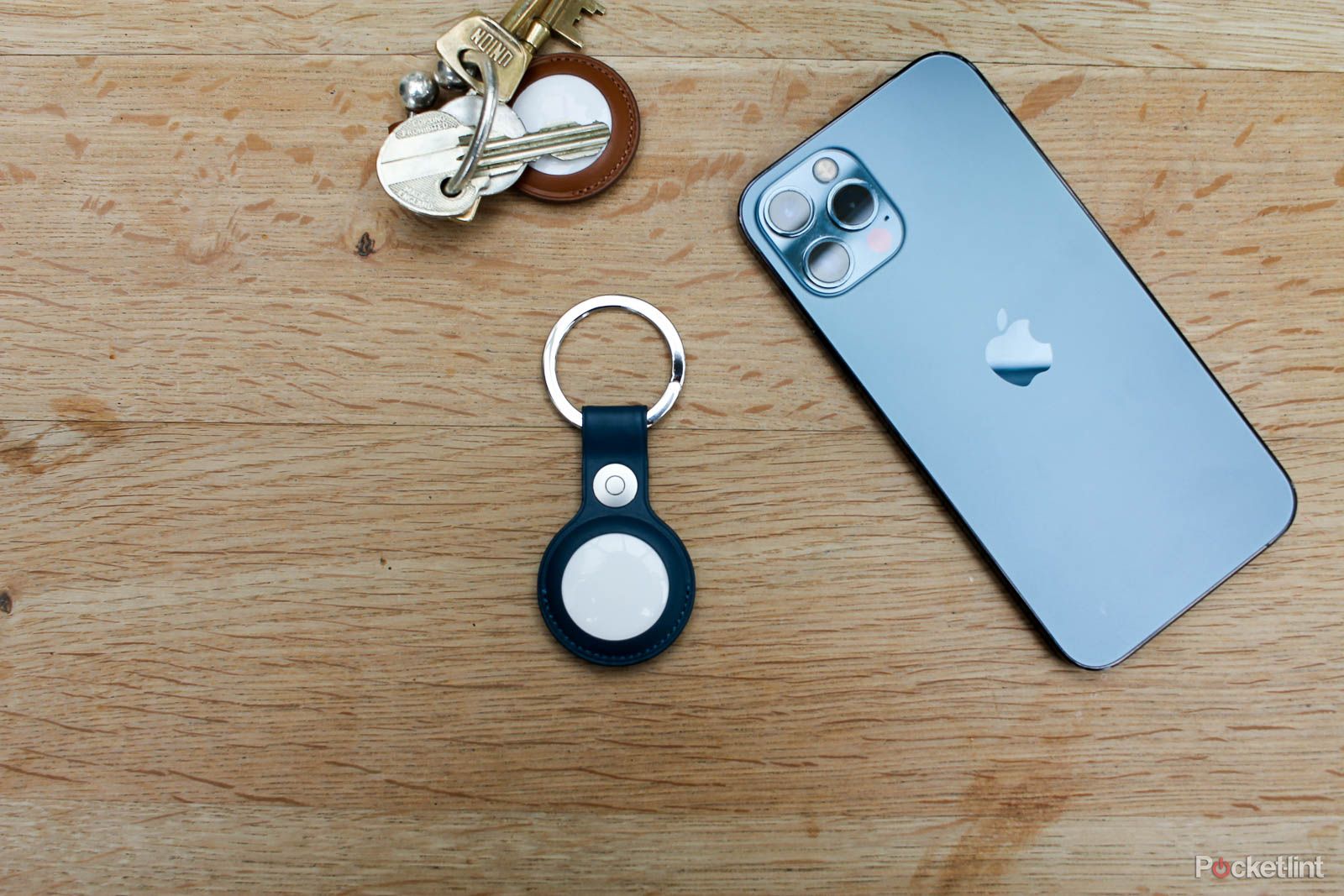
Best business traveler gifts: Globe trotter approved
8 items to gift your friend who is always on the go that they’ll actually use.
If you’re regularly on a train or a plane, then an ANC-equipped headset can be a great investment, especially if you’re trying to sleep or just don’t want to put up with the constant noise around you. ANC is also great if you just need to block out the world and concentrate.
Does ANC drain my battery?
A drawback is that ANC requires power in order to work. This can mean that the batteries drain faster, and you’ll need to charge your headphones more often than a pair without ANC. However, many ANC headphones have decent battery life, and are worth considering when buying a new pair of headphones.
What is transparency mode?
Sometimes. when you’re wearing your headphones you will want to hear what’s going on around you. Whether that’s to listen to someone talk more clearly or just hearing your surroundings for safety, there may be times when you want the active noise cancellation to stop briefly.

Best noise cancelling headphones and earbuds: Audiophile tested and reviewed
According to our in and on-ears listening, these models from Apple, Bose, Sony, and more top the market in quality, quiet, and comfort.
This is where transparency mode comes in. Instead of canceling the noise of the outside world, transparency mode enables you to hear more of the outside world without taking your headphones off. It can even enhance speaking voices, making them clearer to hear. Transparency mode is available on Apple AirPods, but similar options are also available on other headphones with ANC.
Are ANC headphones safe to use?
Blocking out the sounds of your surroundings comes with some risks. You won’t be able to hear what’s going around you as clearly, which has some potential dangers. When you’re crossing a road, for example, you may not be able to hear cars approaching, especially the low hum of electric cars.
However, some key noises will still come through. If someone is shouting to get your attention, for example, or beeping their horn at you, that noise is unlikely to be completely blocked out. You just need to be mindful to use ANC carefully so as not to put yourself at risk.
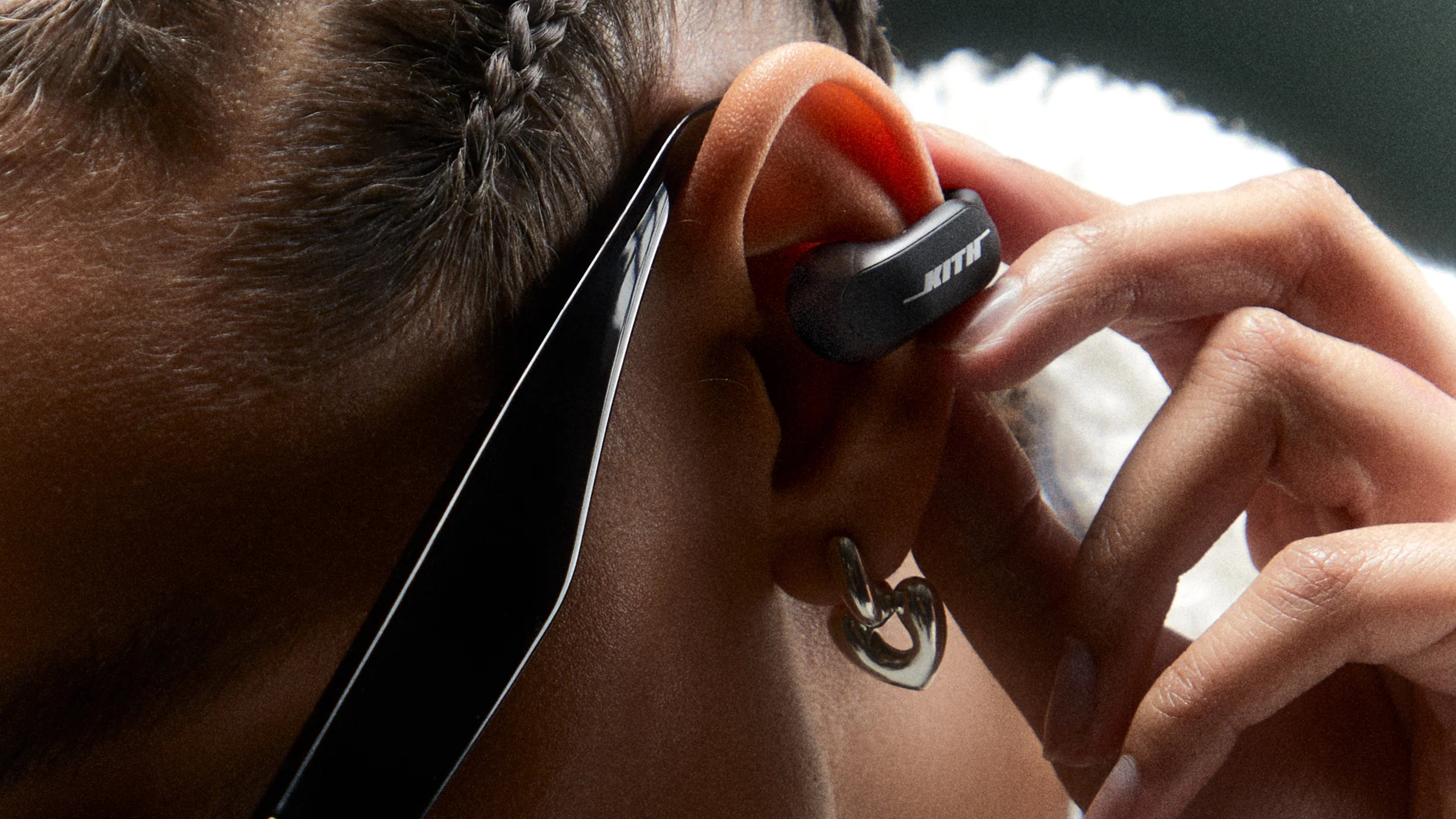
Bose launches Ultra Open Earbuds in surprise collab with Kith
Bose is launching some earbuds with a unique design, but you’ll only be able get your hands on them from Kith.
If you’re looking for headphones for working out outdoors, you may prefer something at the opposite end of the spectrum. Bose Open Earbuds, for example, are designed to allow more of the outside world in, not less, so they could be a good choice for your workout headphones.
Trending Products

Cooler Master MasterBox Q300L Micro-ATX Tower with Magnetic Design Dust Filter, Transparent Acrylic Side Panel, Adjustable I/O & Fully Ventilated Airflow, Black (MCB-Q300L-KANN-S00)

ASUS TUF Gaming GT301 ZAKU II Edition ATX mid-Tower Compact case with Tempered Glass Side Panel, Honeycomb Front Panel, 120mm Aura Addressable RGB Fan, Headphone Hanger,360mm Radiator, Gundam Edition

ASUS TUF Gaming GT501 Mid-Tower Computer Case for up to EATX Motherboards with USB 3.0 Front Panel Cases GT501/GRY/WITH Handle

be quiet! Pure Base 500DX ATX Mid Tower PC case | ARGB | 3 Pre-Installed Pure Wings 2 Fans | Tempered Glass Window | Black | BGW37

ASUS ROG Strix Helios GX601 White Edition RGB Mid-Tower Computer Case for ATX/EATX Motherboards with tempered glass, aluminum frame, GPU braces, 420mm radiator support and Aura Sync


